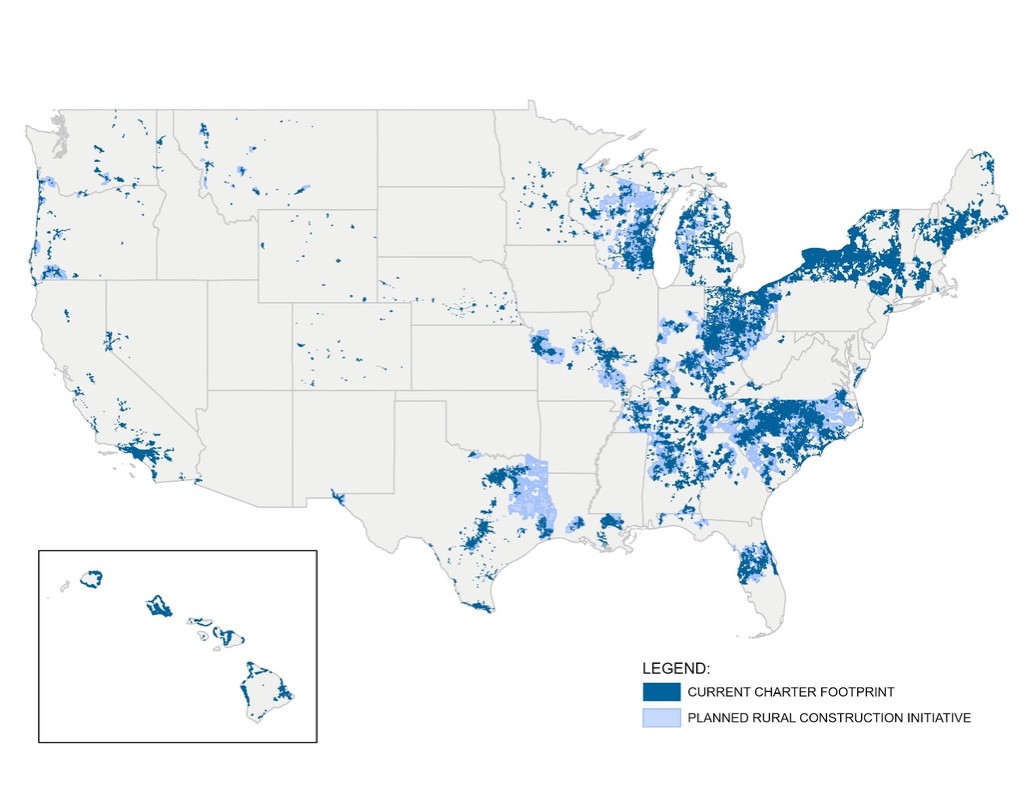Free signup for more
- Track your favorite companies
- Receive email alerts for new filings
- Personalized dashboard of news and more
- Access all data and search results
Content analysis
?| Positive | ||
| Negative | ||
| Uncertain | ||
| Constraining | ||
| Legalese | ||
| Litigous | ||
| Readability |
H.S. sophomore Avg
|
|
New words:
AI, analyzing, artificial, ASU, attrition, background, band, BEAD, CAMT, CISO, clear, composed, conducive, constitutionality, CPNI, CPPA, CPRA, curated, Debenture, delegated, difficulty, disaggregated, discrimination, DTC, EBB, encounter, enrolling, Entropic, Erroneously, ESO, ethical, exacerbate, flawed, Florida, forfeited, freeze, frontline, gated, geostationary, globe, grounded, guest, hand, head, imputed, inaccurate, inappropriate, incorrect, Indiana, Iowa, IRA, ISSC, LEO, manual, mentioned, Montana, multidisciplinary, NBC, orbit, organizational, paired, profile, prorated, ran, reality, rebate, recipient, regular, RV, salesforce, scanning, SCS, simulcast, slight, steadily, student, subrecipient, symmetrical, template, Tennessee, unchanged, unintended, Univision, Utah, Walt, wiretap, withdrawn, withdrew
Removed:
abeyance, absent, acceptance, additive, administrator, aforementioned, agree, allocable, assembled, Bright, calendar, canceled, ceasing, cent, CEO, comparability, comparative, comparison, contracted, covered, deductible, density, depreciable, depressed, diminish, disrupted, distanced, distancing, dollar, exclusion, expertise, extinguishment, favored, FCA, finalized, focusing, forma, fractional, GLIBA, GLIBB, GLIBP, HBO, healthy, HHA, house, indemnity, installing, Kingdom, latency, LBRDP, lieu, mandating, Max, medium, merged, moving, multiplying, nation, nearest, novated, pattern, placement, precise, preemptive, preliminary, presenting, pretax, pro, produced, proliferation, Refrain, reinstitution, replicated, revise, rounded, RSA, RSU, safe, salary, sanitization, Showtime, socially, Sprint, spyware, storytelling, strict, targeting, timeline, traditionally, travel, trial, troubleshooting, TWC, unaudited, understand, USA, USD, variation, visit, voluntarily, week
Filing tables
Filing exhibits
Associated LBRDK transcripts
LBRDK similar filings
Filing view
External links
